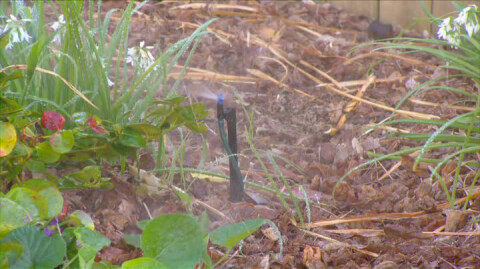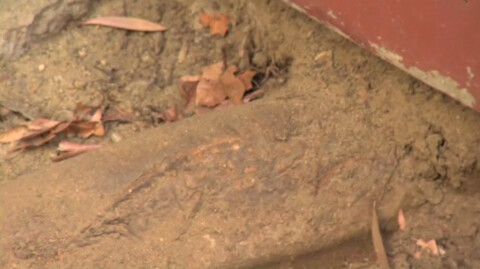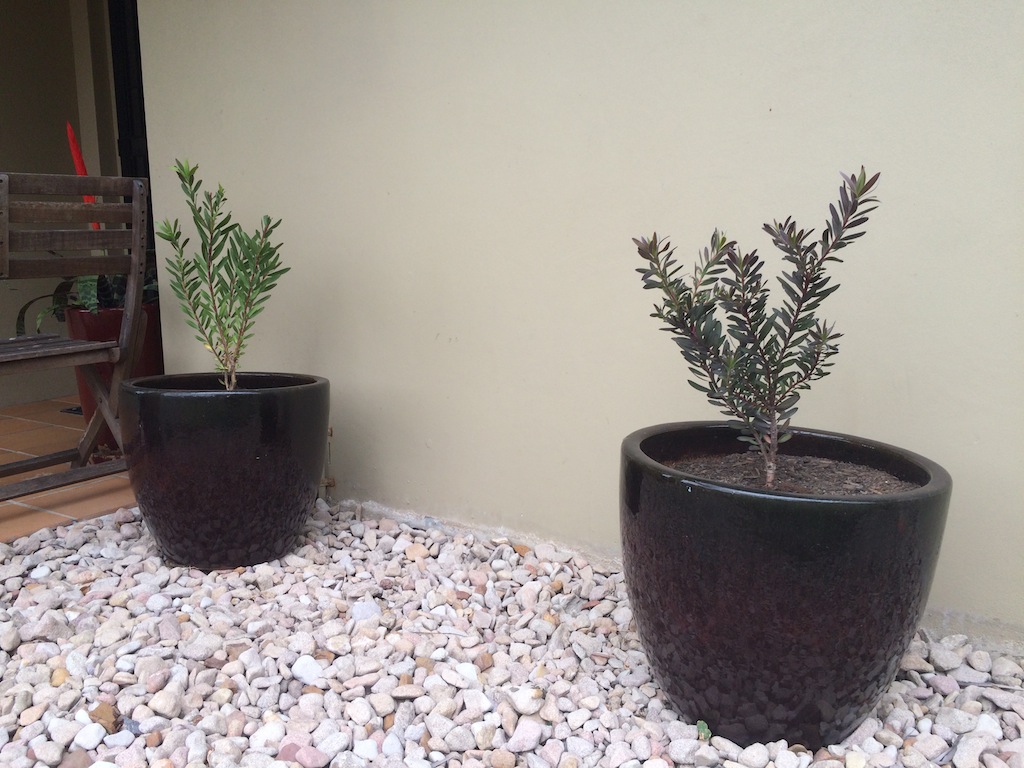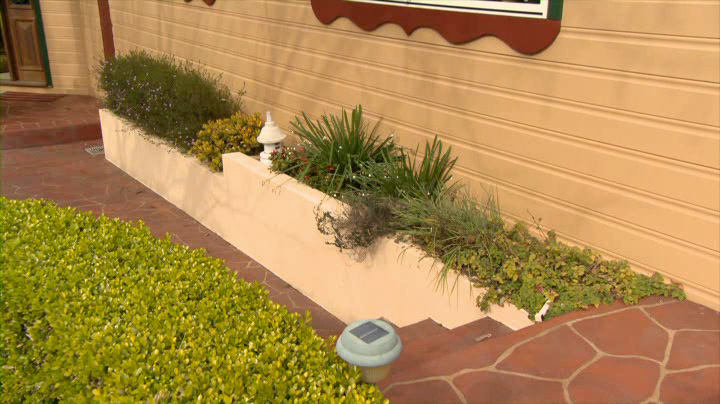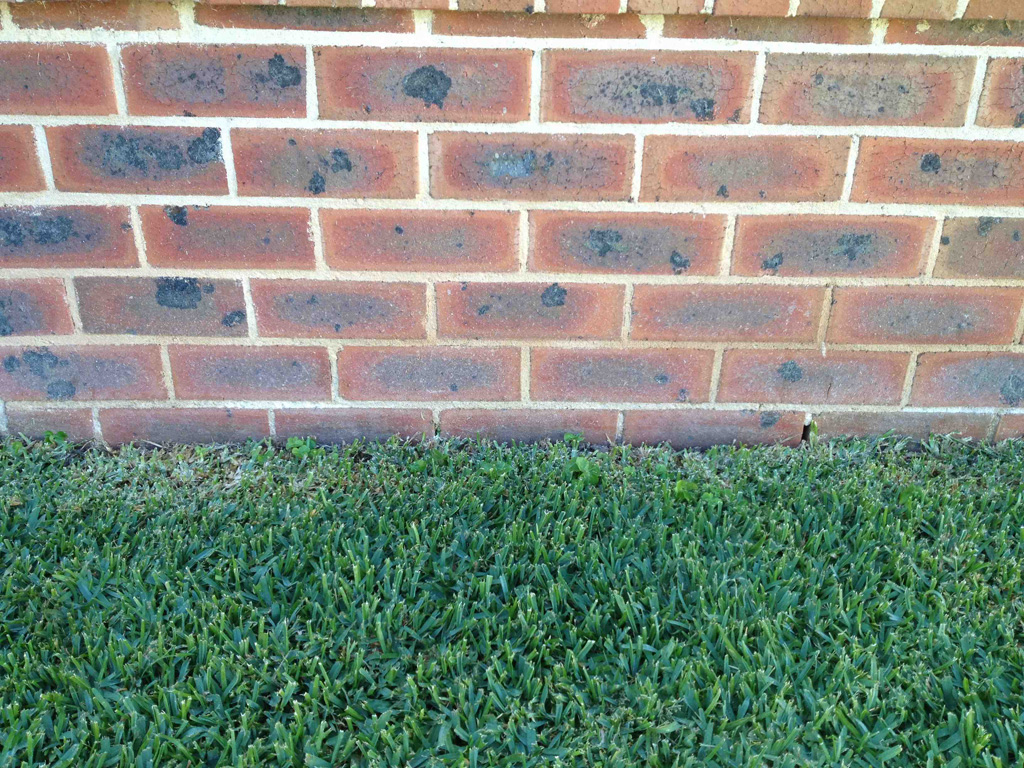Termites are pretty much everywhere in Australia – it has been estimated that 80% of all homes are within 25 m of a termite nest! So, whether you're aware of it or not, there are probably termites trying to get into your house right now! Making the area around the perimeter of your house less attractive to termites is vital to prevent a termite attack…. which means you need to have a termite smart garden.
Why do perimeter gardens make a termite attack more likely?
- Gardens are regularly watered – termites love moisture!
- Gardens generate plenty of termite food, which can be boosted by the use of wood mulch
- Plant roots can grow through cracks in brickwork providing a termite highway straight into your home
- Dense vegetation can block weep holes and vents, increasing humidity in wall voids and sub-floors – termites love humidity!
The dos and don'ts of designing a termite smart garden
Don't…
- Block weep holes or air vents with plants or vegetation
- Install in-ground watering systems
- Spread wood mulch near the house
- Use untreated wood edging
- Choose plants with extensive root systems
Do use…
- Plants in pots. Alternatively use plants that have low water requirements and limited root systems
- Pebbles or gravel as mulch. If you insist on timber mulch, make sure it has been pre-treated with insecticide or is a termite resistant wood, such as cypress pine (and get regular inspections). But please note the level of resistance / insecticide resistance will decline over time
- Non-timber edging options. If timber is used, make sure it is H4 treated timber.
Make sure the termite inspection zone is kept clear!
The termite inspection zone around the perimeter of a building is essentially the lower level of bricks. It is important that this is kept clear to allow a termite inspector to inspect the area during the annual termite inspection (yes, you need one of these!).
Blocking an easy view of the perimeter wall with vegetation is bad enough, but actually building over these lower levels of bricks provides termites with a concealed entry point. The termites will get in without being noticed and can cause significant damage before their presence is detected.
This brings us to the big gardening and landscaping no-nos!
- Don't build the soil level of garden beds above the edge of the concrete slab without termite protection in place and keep garden beds 150 mm below the damp course or weep holes
- Paths, driveways and patios are often installed incorrectly. Keep paths, driveways and patios 75 mm below the damp course or weepholes, and always have fall away from the wall
- Do not build decks adjacent to the perimeter of the building without termite protection to the supporting structures and make sure there is at least a 25 mm gap between the deck and perimeter wall for inspection.
